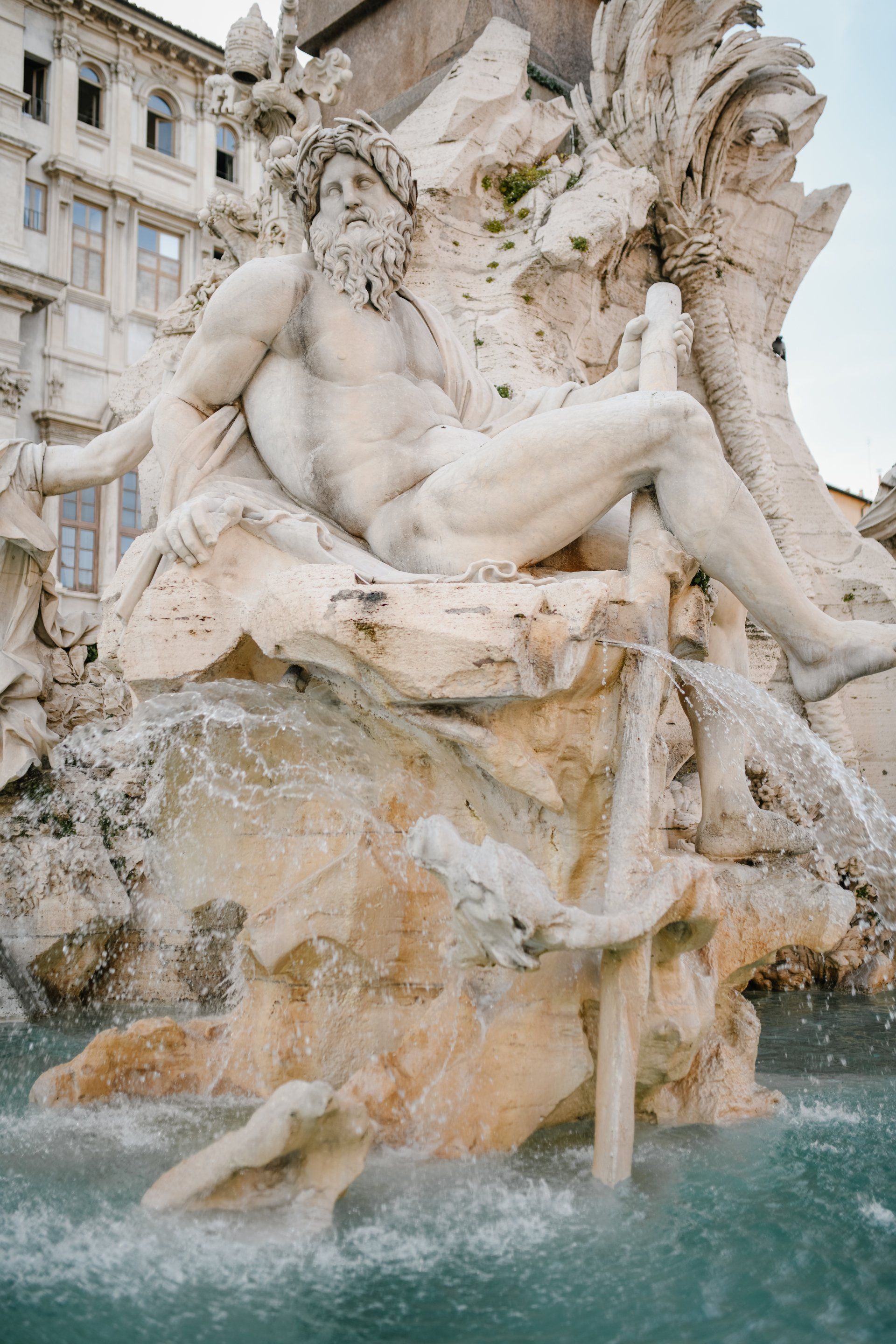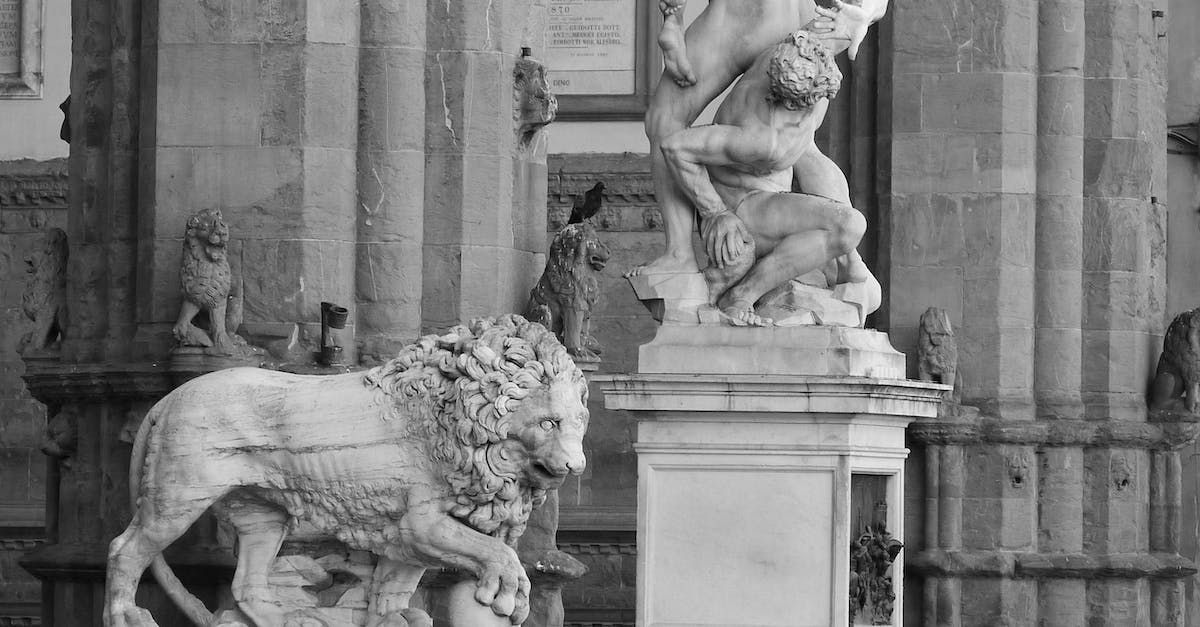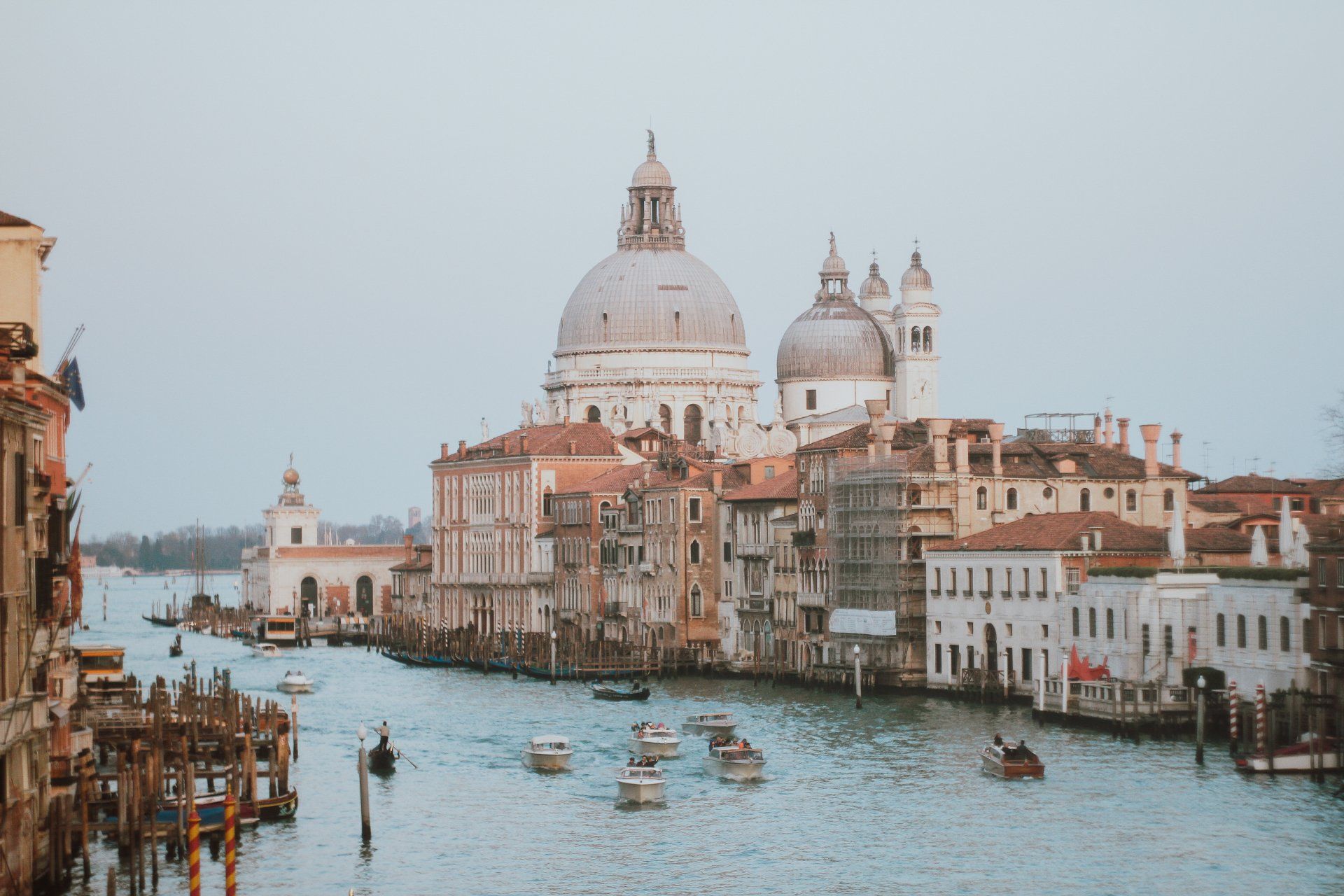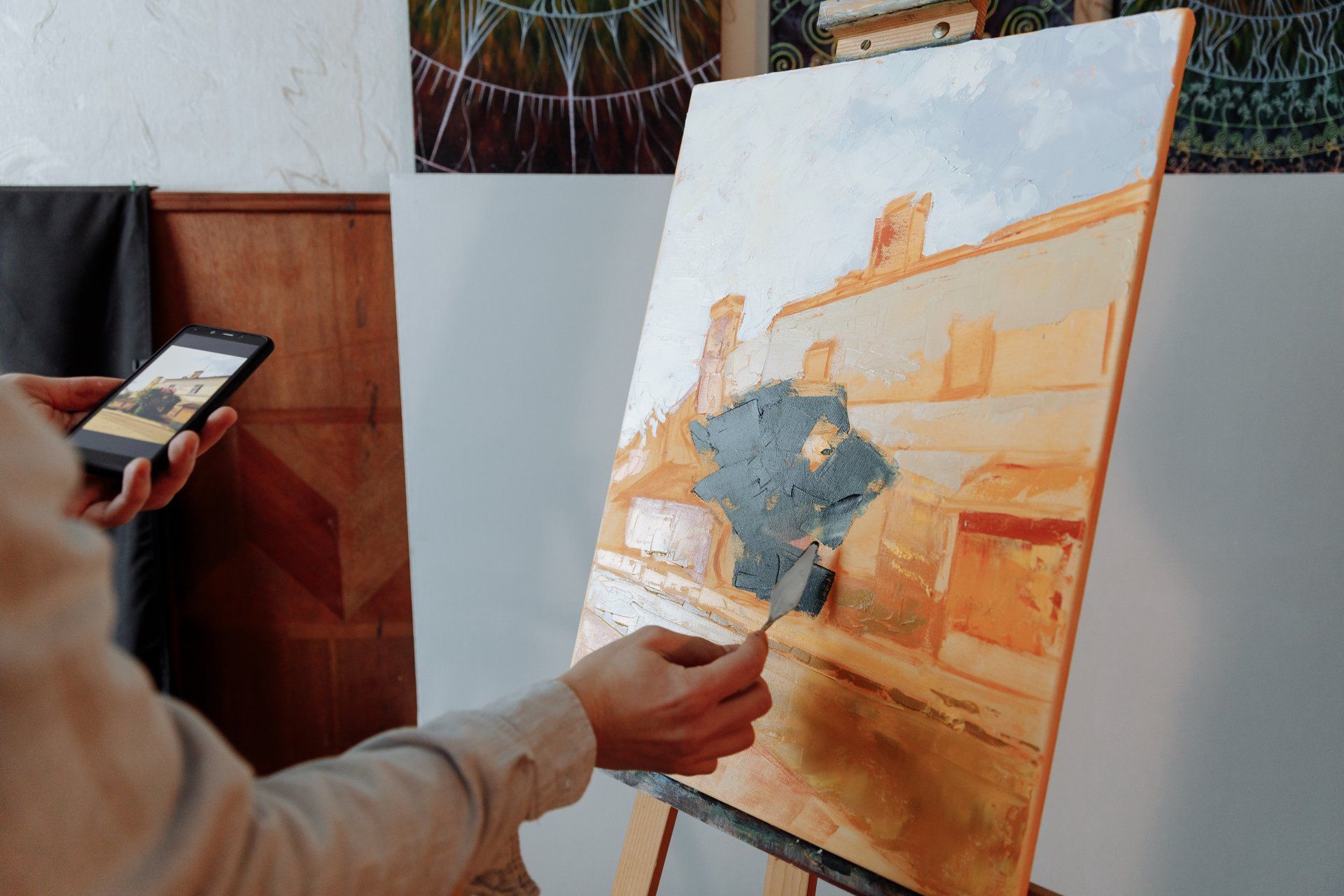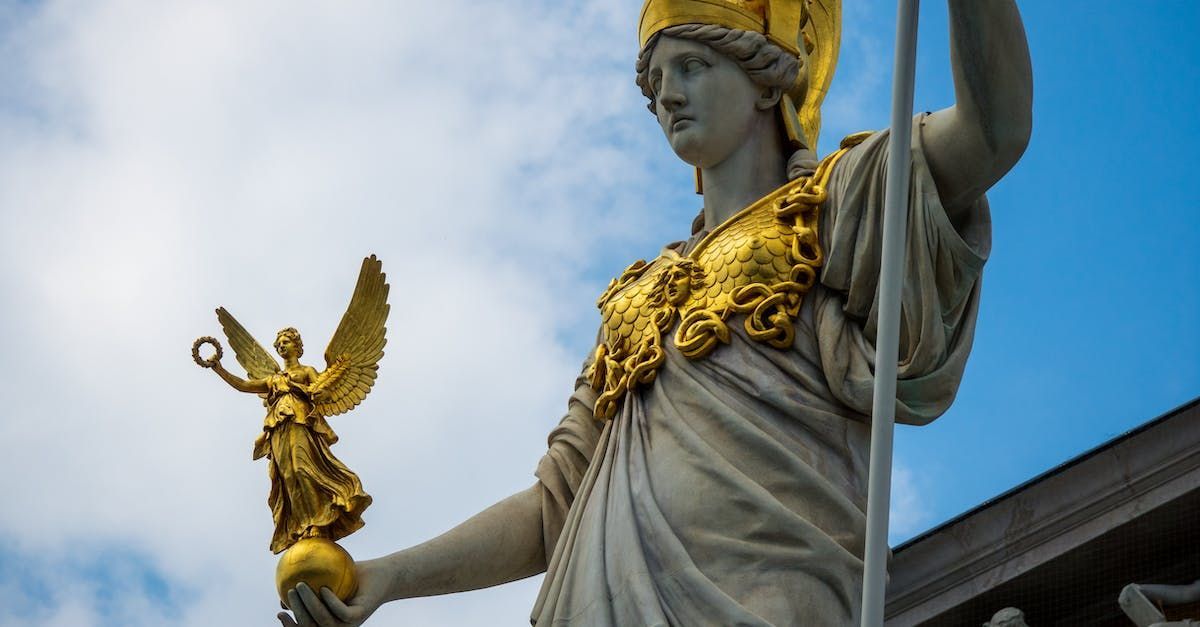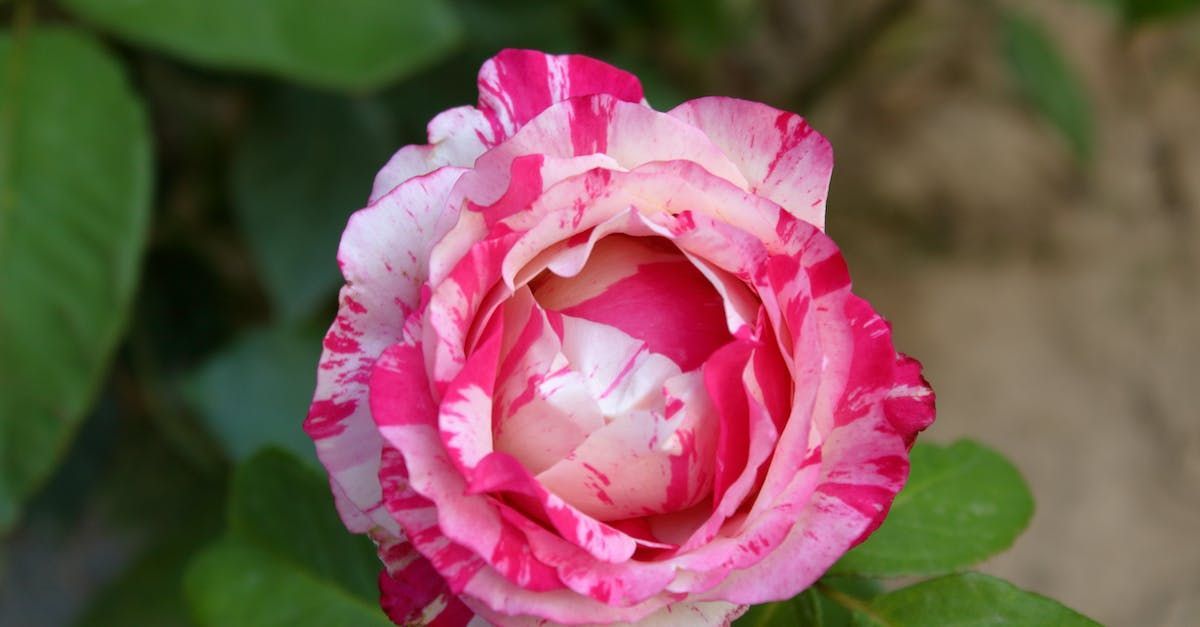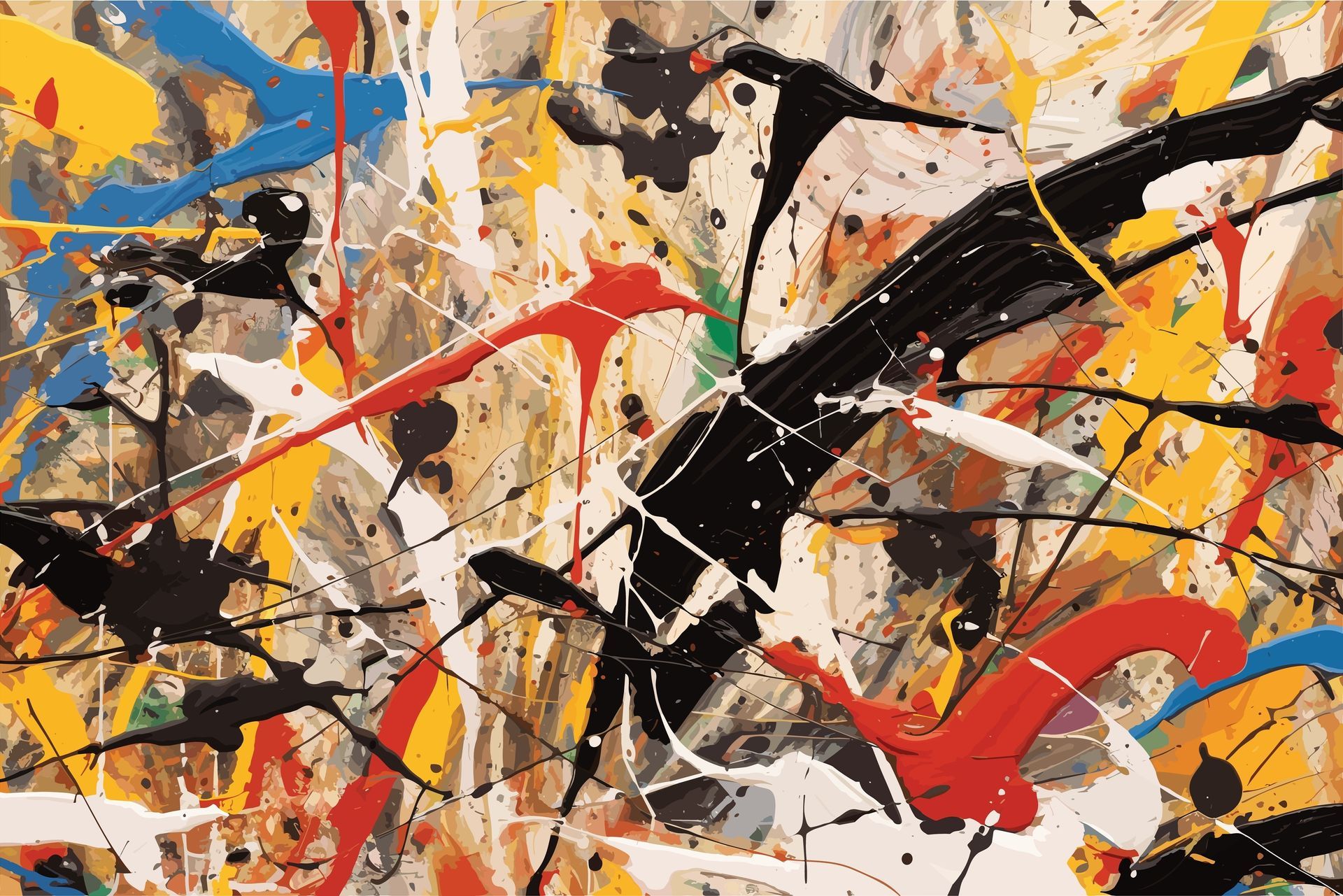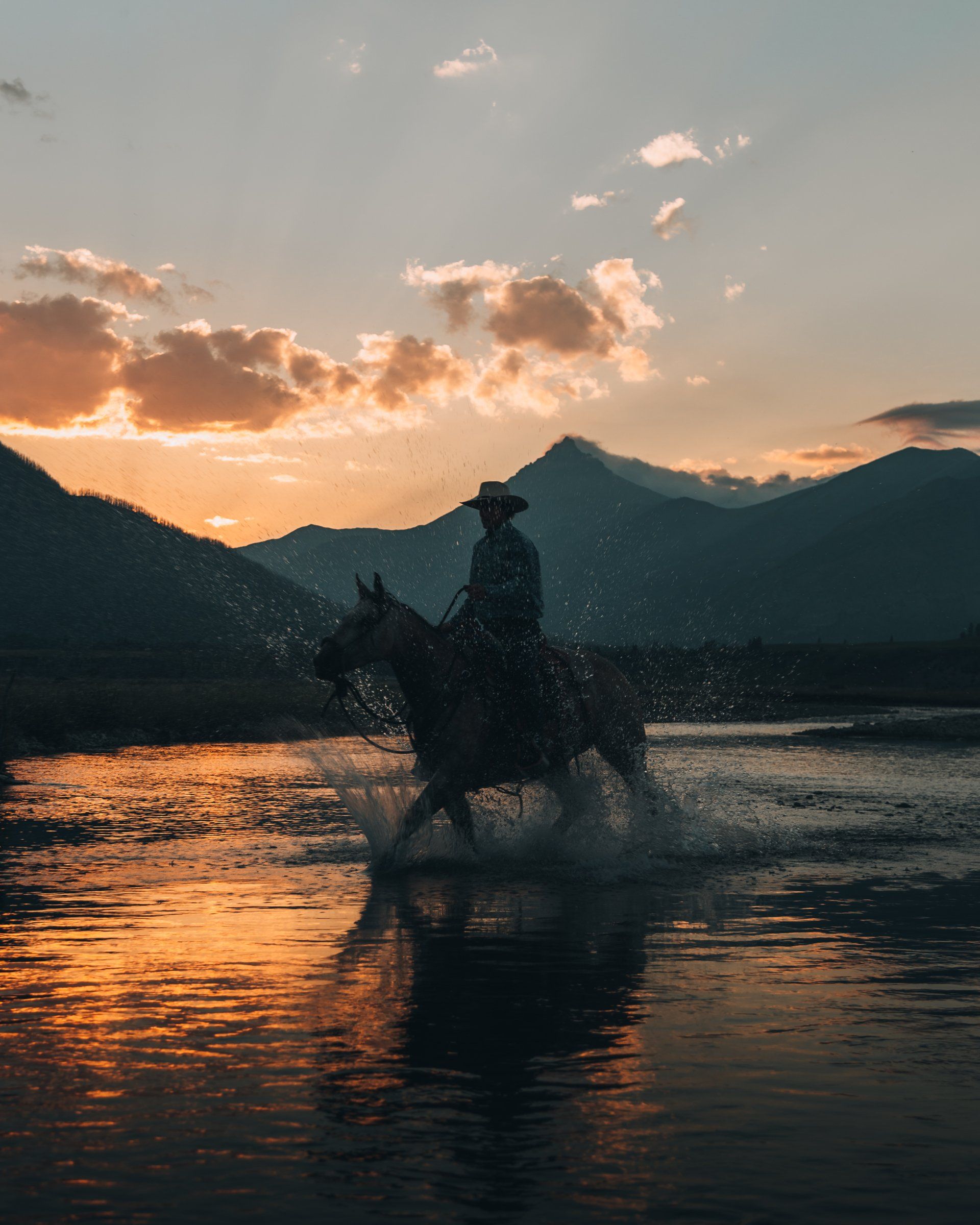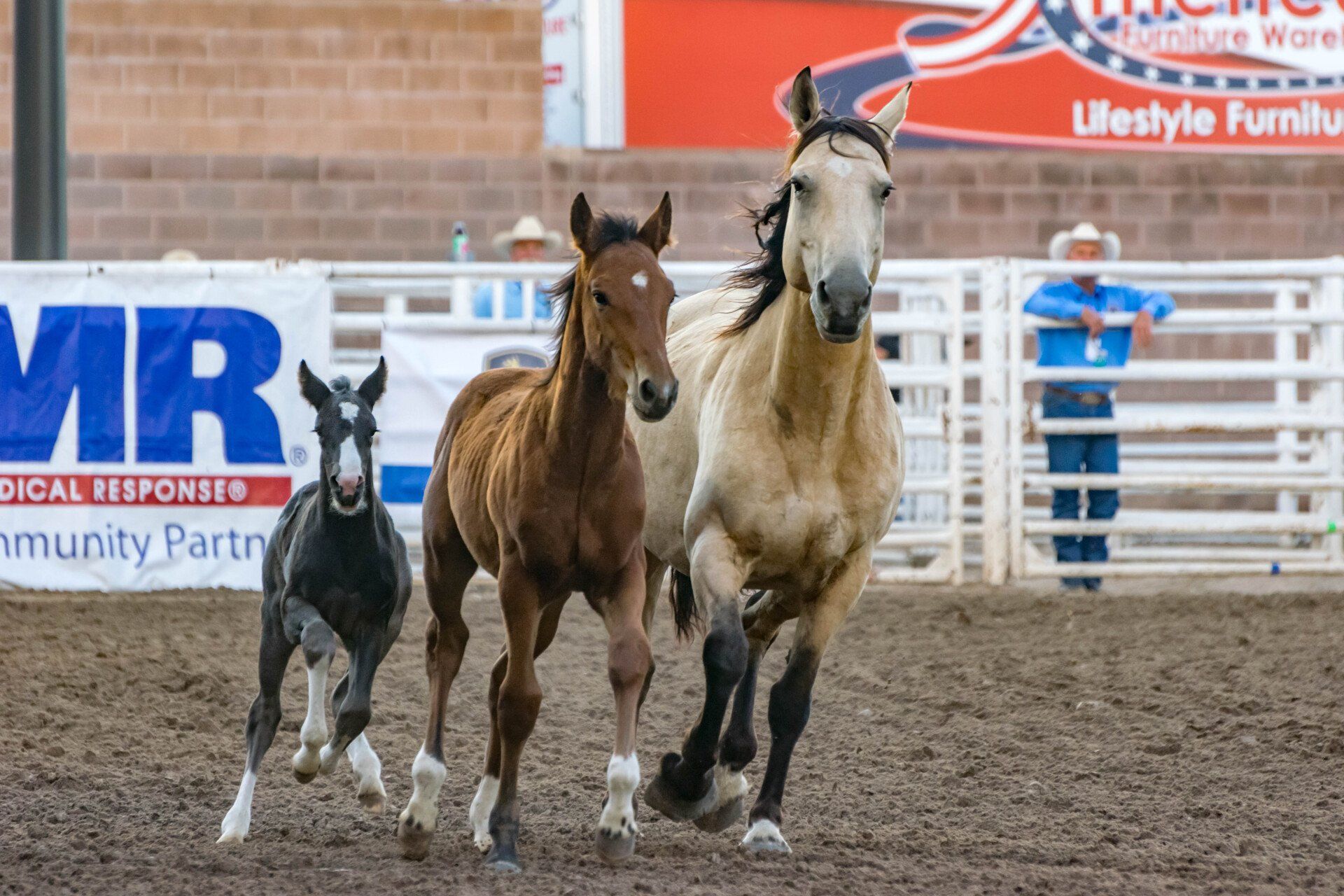Brent Cotton
A Painter of Tranquil Landscapes and the Enduring Spirit of the American West
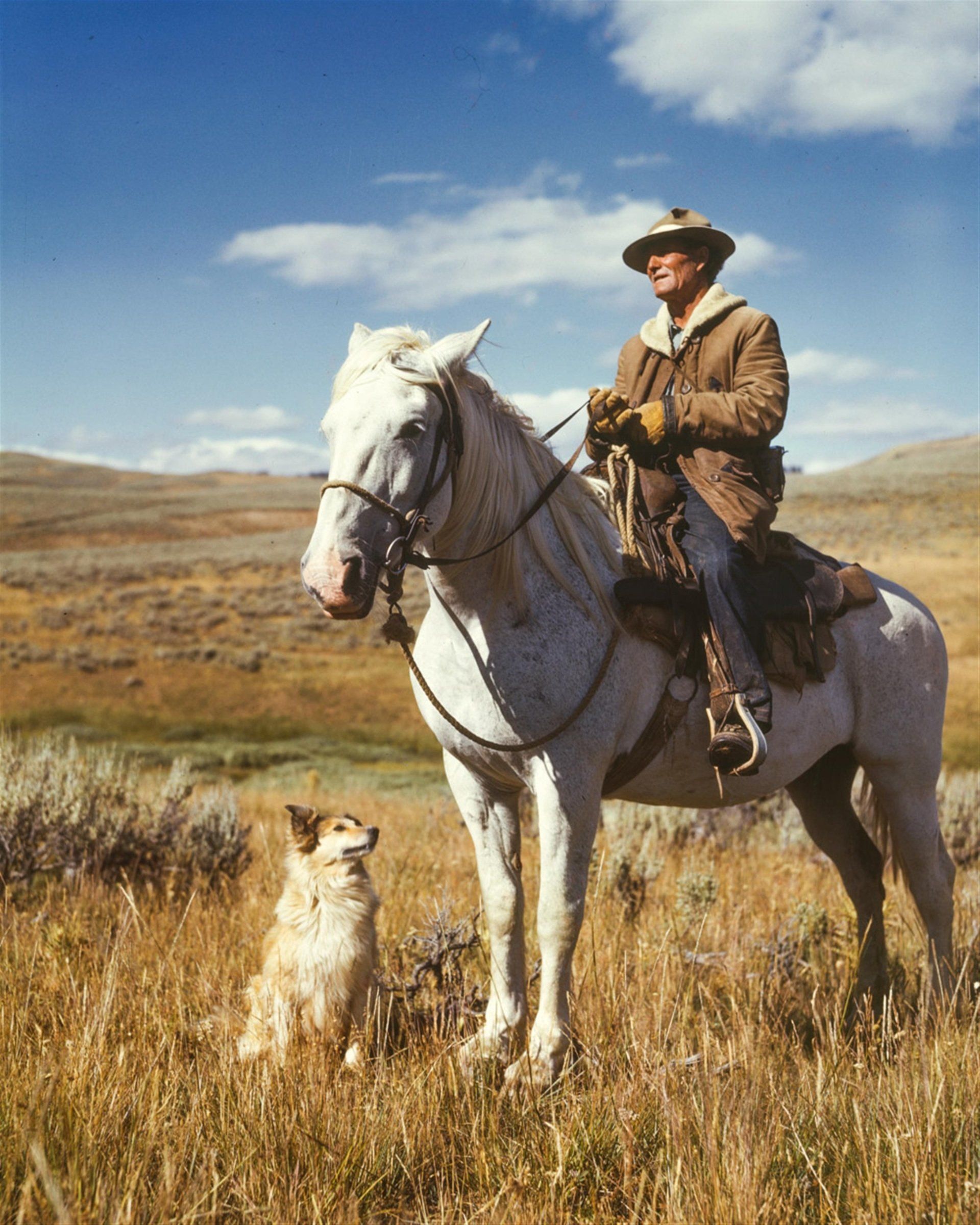
Brent Cotton is a highly regarded contemporary artist known for his captivating landscapes and figurative paintings that capture the tranquil and majestic essence of the American West. His artwork beautifully depicts cowboys in harmony with nature, reflecting the enduring spirit and connection between man and the Western landscape. This article explores Cotton's distinct artistic style, his portrayal of serene settings, and his ability to evoke the timeless spirit of the West.
The Harmony of Man and Nature:
At the core of Brent Cotton's artwork is the theme of the harmonious relationship between man and nature. His paintings skillfully portray cowboys in peaceful coexistence with the vast landscapes of the American West. Through his careful attention to detail and his profound understanding of light, color, and composition, Cotton captures moments of tranquility and captures the delicate balance between humanity and the natural world.
Captivating Landscapes:
Cotton's landscapes serve as a backdrop for his figurative work, setting the stage for the cowboys and their surroundings. His paintings often depict pristine meadows, serene river valleys, majestic mountain ranges, or sun-kissed plains. The meticulous rendering of these natural settings draws viewers into the scene, allowing them to experience the awe-inspiring beauty and serenity of the Western landscape.
Figurative Representations:
The presence of cowboys in Cotton's artwork adds a human element to his paintings, further enhancing the connection between man and nature. The cowboys are portrayed with reverence, capturing their strength, resilience, and deep affinity for the land. Whether engaged in contemplation, tending to their horses, or peacefully observing their surroundings, the cowboys in Cotton's paintings evoke a sense of timelessness and evoke the enduring spirit of the American West.
Evoloking the Timeless Spirit of the West:
Through his meticulous brushwork and expert use of color and light, Brent Cotton successfully evokes the timeless spirit of the American West. His paintings invite viewers to immerse themselves in the quietude and vastness of the landscapes, while simultaneously recognizing the profound connection between humans and their natural surroundings. Cotton's artwork serves as a reminder of the enduring bond between man and nature and invites us to reflect on the deep-rooted spirit of the West.
Brent Cotton's skillful portrayals of tranquil landscapes and figurative representations of cowboys beautifully capture the harmony between man and nature in the American West. His ability to evoke the enduring spirit of the West through his artwork resonates with viewers, transporting them to a realm of serenity and contemplation. Cotton's paintings not only showcase his technical mastery but also convey a profound appreciation for the intrinsic connection between humans and the majestic landscapes that define the American West.
